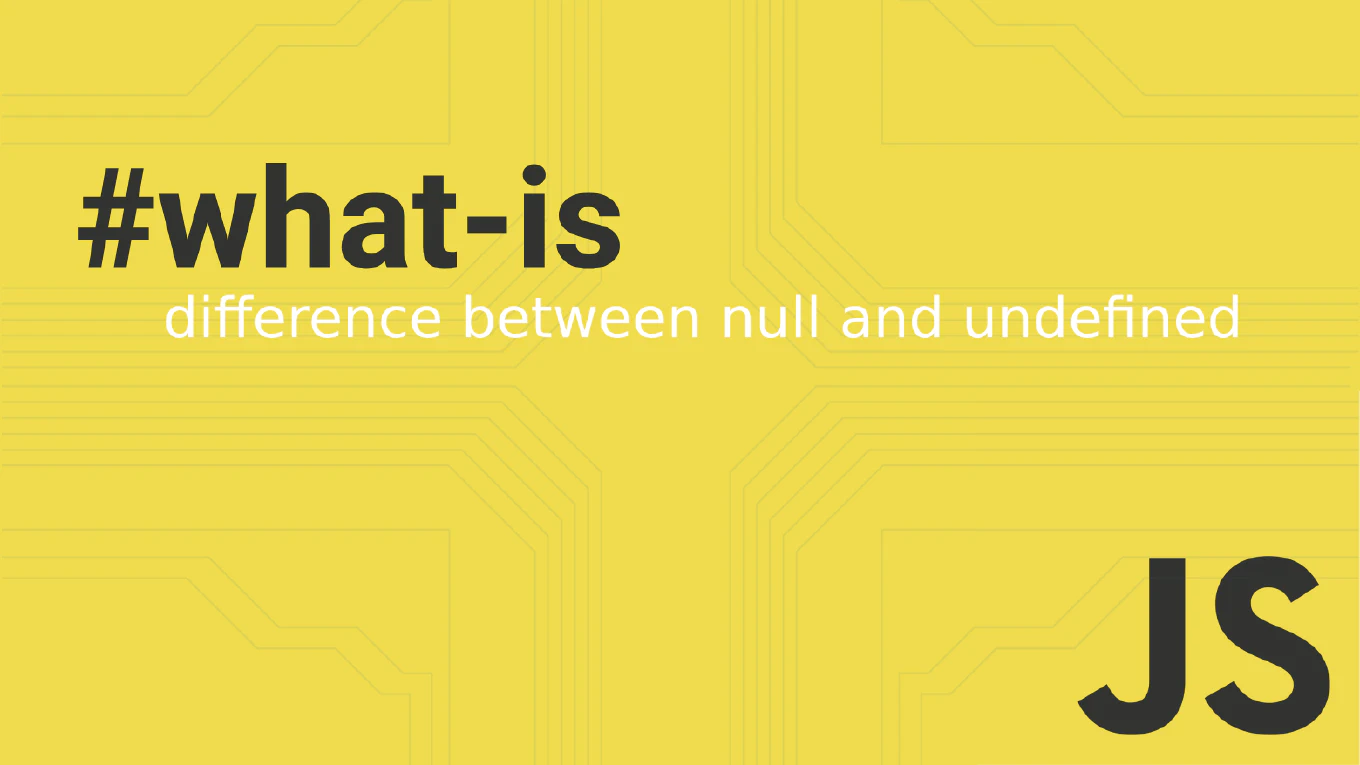How to provide a service in Angular root module
Providing services in the root module ensures they are available throughout the entire application as singletons, which is essential for shared state and global functionality.
As the creator of CoreUI, a widely used open-source UI library, I’ve configured root-level services in numerous Angular applications over 25 years of development.
From my expertise, the most modern approach is using providedIn: 'root' in the service decorator, which automatically provides the service at the root level.
This creates tree-shakable services and ensures optimal bundle size.
How to use dependency injection in Angular
Understanding dependency injection is fundamental for building maintainable Angular applications with loosely coupled components and testable services. As the creator of CoreUI, a widely used open-source UI library, I’ve architected dependency injection patterns in countless Angular applications over 25 years of development. From my expertise, the most effective approach is using Angular’s built-in DI system with proper provider configuration and injection tokens. This creates scalable applications with clear separation of concerns and excellent testability.
How to provide a service in Angular root module
Providing services in Angular root module creates application-wide singleton instances available throughout the entire application, ensuring consistent data sharing and service behavior. As the creator of CoreUI, a widely used open-source UI library, I’ve configured root-level services in thousands of Angular applications for authentication, data management, and shared utilities. From my expertise, the most effective approach is using providedIn: ‘root’ in the service decorator or configuring providers in the root module. This method provides optimal service instantiation with tree-shaking benefits and centralized service management.



